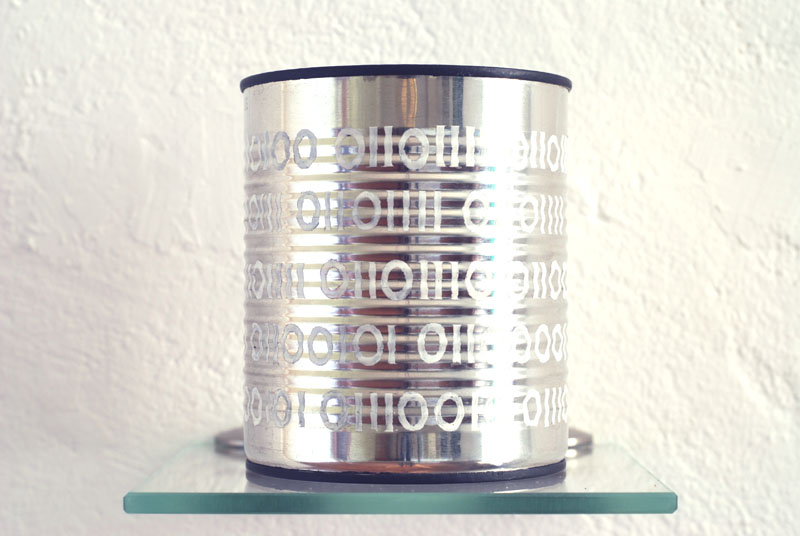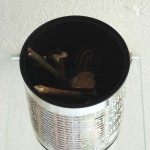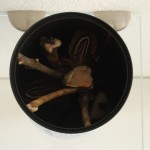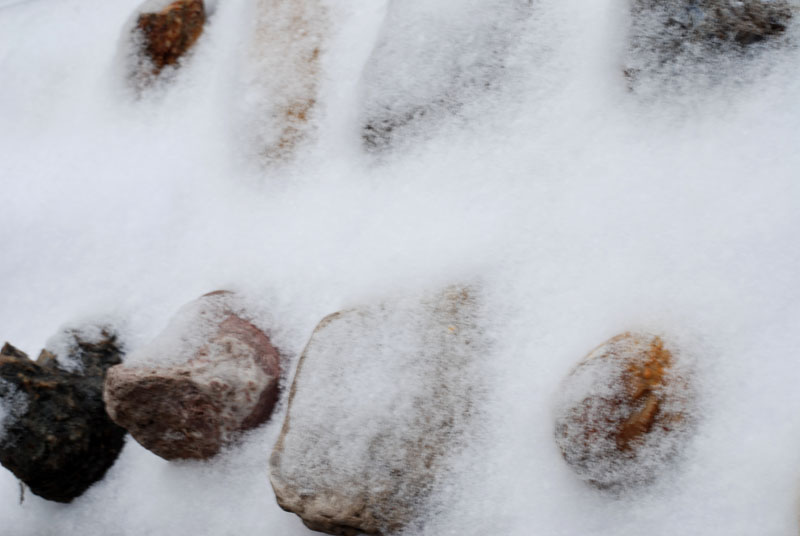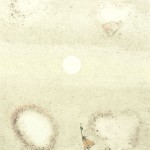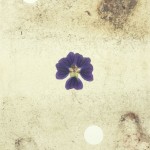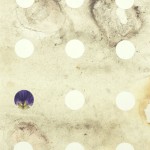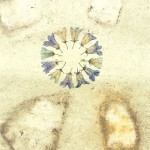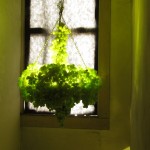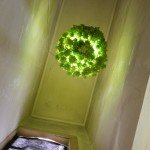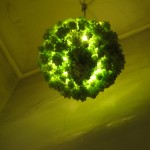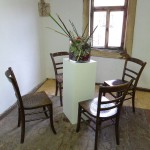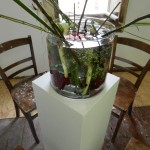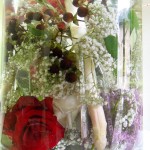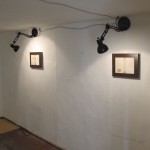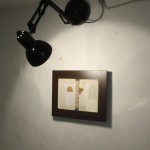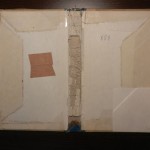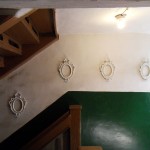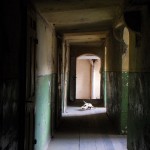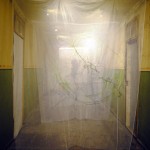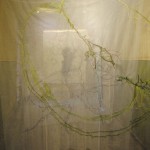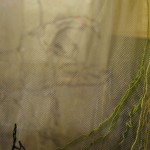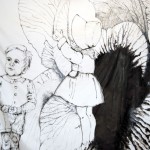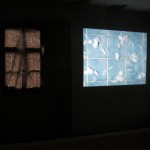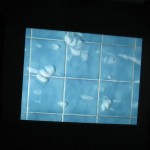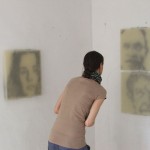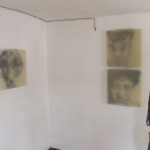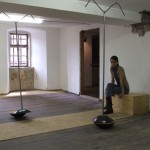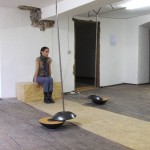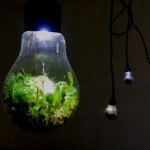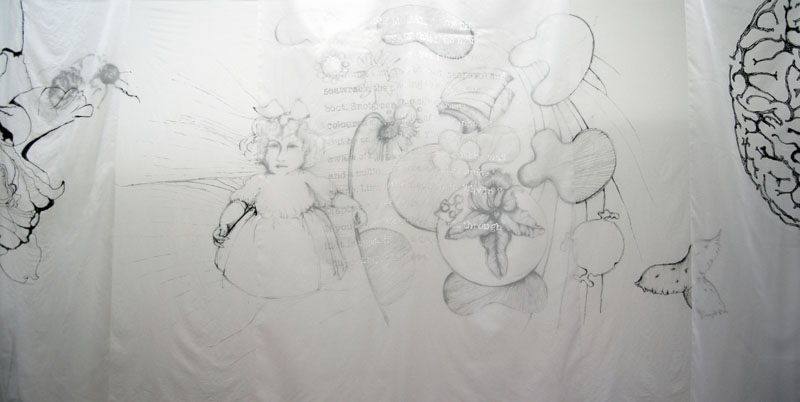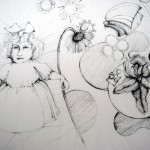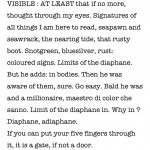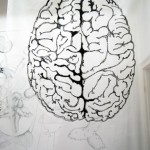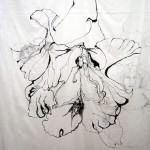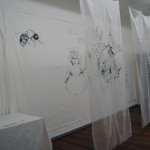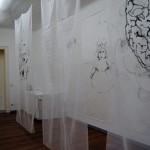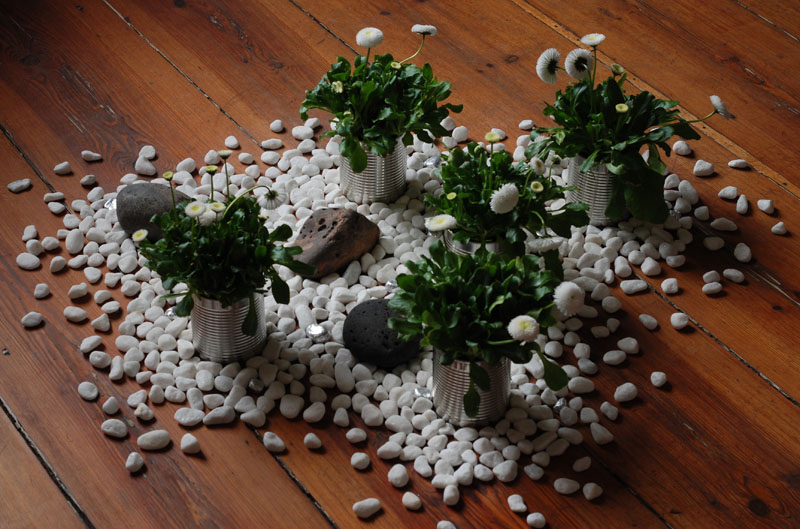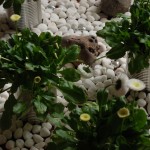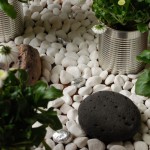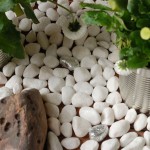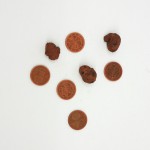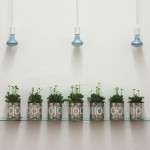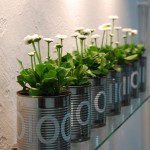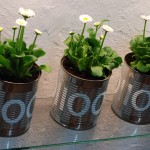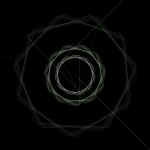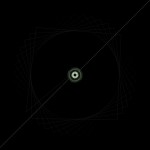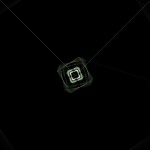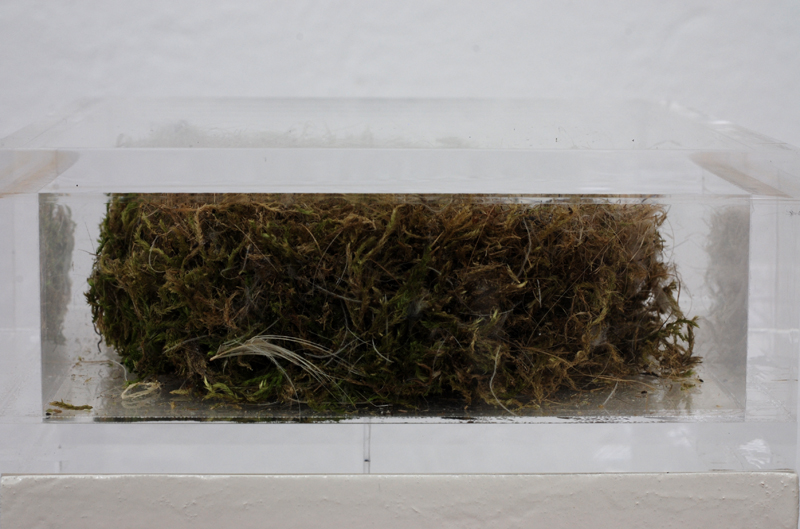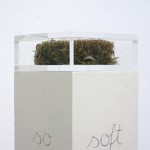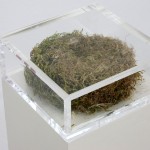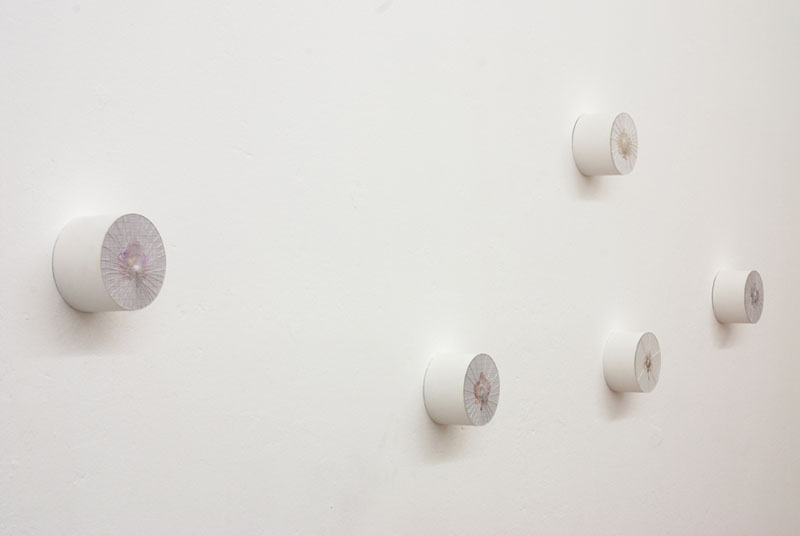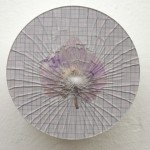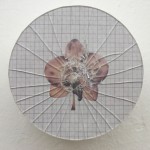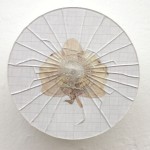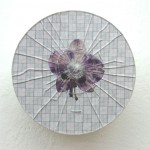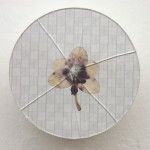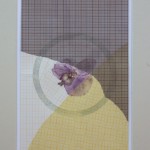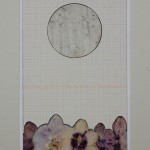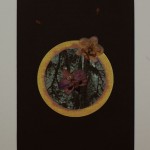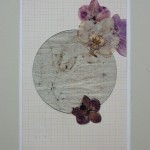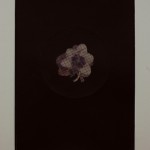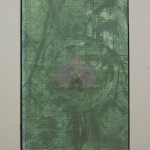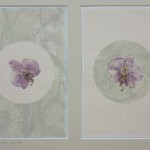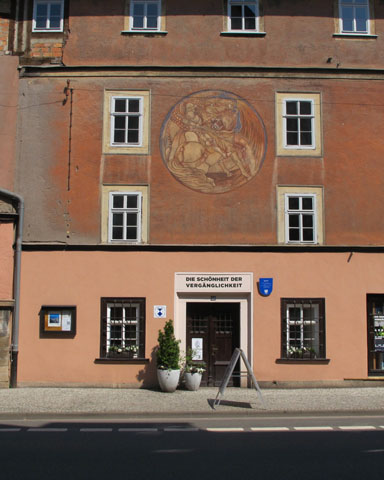
Altes Spital Arnstadt, June – July 2013
scroll down for a video-walk
For a long time, the curatorium of the St. Jakobs-Stift e.V. has been working for the preservation of the historical infirmary in Arnstadts old town. As we now can start substantial physical safeguarding measures, we would like to open the fascinating building for the public and present its possibilities as a venue for cultural events. The frame for this first opening is given by the exhibition „The Beauty of Transience“ curated by Jörg Hasheider. The exhibition presents internationally respected artists, who are working with the course of time, decay and the aesthetics of those processes. The media are space installations, sound installations, objects and video.
Manon Awst & Benjamin Walther, Alexine Chanel, Marco Goldenstein,
Frank Benno Junghanns, Karina Mosegard, Charlotte Seidel, Hubert Steins,
Rosmarie Weinlich
Awst & Walther
Das süße Leben (sweet life)
Installation (grapes, neon, metall construction)
In this collaboration, the artists Manon Awst and Benjamin Walther, create an ephemeral sculpure. The sculpture, a chandelier made of grapes with a luxiurous, baroque appeal, decays with the grapes in a simultanious, performative process. The appropriation of the luxiurous finery is limited to a short space of time – especially compared to extremely longlasting classical sculptures made of bronze or marble -. A symbol of european, aristocratic culture decays in an organic process. In this same process the grapes are producing concentrated fructose – to sweeten life -.
Alexine Chanel
Self-Portrait in Decomposition
Installation (vase, flowers, mirrorshards)
„Self-Portrait in Decomposition“ is a living/dying work in reference to the french for still life: nature morte, this would be a nature mourante (roughly translates as life being stilled) This floral composition in decomposition is about the passage of time, the journey from life to death and the evolution of beauty. AC
Marco Goldenstein
o. t. (Deckel 1 – 4) (bookcases 1 – 4)
1. „Unruhe um Katinka“ 2. „Weiter als die Erde reicht“
3. „Lisa und die roten Nelken“ 4. „Die köstlichen Tage“
„….I remember a time, when the earth was so close, that i did not hurt myself when I tumbled. The stones were good to me. The trees were protecting me. Only ants scared me. „Go to the anthill and learn…..“
Slowly I learnt to get hurt and scared.
Gunnar Ekelöft
Frank Benno Junghanns
gone I (25 empty frames)
gone II (skull)
gone III (hole, outdated electronics, light/sound)
Frank Benno Junghanns created site-specific installations for the exhibition. In the staircase and the first hallway he placed a sequence of empty frames on the walls. Resembling a gallery of absent ancestors, the frames frame nothing but the structure of the walls, so underlining the function of the building as an influential part of the exhibition and its perception.
In an other hallway, that was closed for safety reasons, he placed the a bovine skull in a light spot on the ground. Evoking emblematic associations of death and desert he transformed the no-go-area into a picture of a house with a great potential as a fallow land.
The building contains a collection of GDR products. FBJ used electronic devices from the collection to install a sound-and lightinstallation in a hole in the floor and the room below, creating a reminiscence of a culture that very quickly disappeared and now lives on in a kind of mental underground.
Karina Mosegård
Nature Morte
Gobelins transparentes
Mixed-media-installation (cotton, synthetics, embroidery, drawing)
Karina Mosegård reinterprets the arthistorical genre „Nature Morte“. Still life – in french „Nature Morte (dead nature) – is a style in photografy and painting working with the compostition of inanimated objects. Karina Mosegard technically enhances the concept by embroidering the objects on transparent cloth and place one behind the other. The drawings are floating in space, slightly distorted, almost uncapable, in a process of decomposition. Opposing this, the different layers merge into a new image, new images, and so generate a process of becoming.
Charlotte Seidel
Illusions sur cour
Video, 4:3, 14`49„(loop)
The cloudlike foam is slowly floating along the skyblue tiles. A banal detail converts into a distraction of everyday life, into a world of dreams and illusion. CS
Hubert Steins
Schattenland (shadowland)
Cycle of Images / Wax-cast 47 X 47 cm
Schattenland is a programmatic cycle of images that deals wit the phenomenon of the apparitional and decaying. Artist-potraits, for example of Samuel Beckett, Morton Feldman and John Cage, but also of young artist from my circle of friends, appear as a reference to an art that exists at the verge of silence and the visible. Schattenland examines the borders of perceptibillity by the material that is used. All portraits are integrated in the backside of a board of wax as a casted relief. The translucent quality is changing the conciseness of the incrusted portraits depending on the light. (HS)
GlockenKlangGlocken (BellsSoundBells)
Soundinstallation for two sonic pendulums and the sound of historical bells
The installation consists of two speakers that are integrated in two bowls that are covered up by lids. Recordings of historical bells, most of them destroyed during World War II, sound from the speakers under the lids. …. Moving the parabolic lids create a momentum similar to the one of swinging bells. At the same time the movement of the lids influences the given sound by periodically filtering and reflected it, creating the impression of listening to church bells far away.
Rosmarie Weinlich
Habitat
A melancholic memento of transience
Mixed-media-installation (lightbulbs, carnivorous plants, substratum)
Assuming that our universe is a closed system, all life will someday expire. My experiment: the biological conditions for the developement of life are given. A plant is placed in a substratum, supplied with light and then hermetically sealed. When one of my habitats is ready, time is taking over the rest of the artistic work. RW
VIDEO-DOCUMENTATION
The exhibition was organized and supported by:
KURATORIUM DES VEREINIGTEN ST. GEORGS- UND ST. JAKOBS-STIFTS E.V.
Main sponsor Support Print


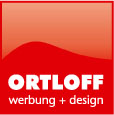
Many thanks to Christian and Constanze, Andreas, Pia, Knut, Rainer, Konstanze, Holger and all friends in Arnstadt!
Photocredits: Marco Goldenstein,Karina Mosegård, Kai Mosegård Jensen, Axel Nestle,
FB Junghanns, Hubert Steins

